What Went Wrong With The Hobbit Movie Trilogy
Summary The Hobbit trilogy struggled to live up to the success and acclaim of The Lord of the Rings in both profits and reviews.
The rushed production of The Hobbit led to a lack of pre-production time, resulting in a less cohesive creative process.
The overuse of CGI, added material, and lack of memorable villains contributed to The Hobbit's failure to make a lasting impact.
In contrast to The Lord of the Rings, many fans consider Jackson's The Hobbit trilogy as a sub-par addition to the franchise. The Hobbit director Peter Jackson's adaptation of Tolkien's Lord of the Rings trilogy became one of the most acclaimed and beloved series of movies ever made. The Hobbit trilogy, on the other hand, didn't live up to either the LotR movies or the source material in the eyes of many. They weren't necessarily bad, but they failed to capture much of what made Lord of the Rings so timeless.
The Lord of the Rings was a runaway success critically, commercially and during awards season. With both the studio and audiences keen for more, Jackson's next step was to adapt Bilbo's story in The Hobbit. Each of the Hobbit movies was lucrative, but the profits dropped over the course of the series and reviews were mixed, with none of the universal adulation afforded to The Lord of the Rings. With many key figures retained from the first trilogy, and a beloved Tolkien novel to work from, it's strange that The Hobbit couldn't live up to its predecessor.
Related The REAL Reason The Hobbit Was Made Three Movies Splitting The Hobbit into three films is a point of contention for many Lord of the Rings fans, but was the move really just a cynical cash grab?
One Book Became Three Movies
The Story Of The Hobbit Was Stretched Into Three Segments — With Mixed Results
Part of what went wrong with The Hobbit stems from a dramatic change in narrative structure. When Peter Jackson was developing The Lord of the Rings, he intended to cram the entire story into just two films, fearing no studio would option a trilogy. The director was pleasantly surprised when New Line suggested dedicating one film to each book, and this proved a key factor in The Lord of the Rings' success, allowing ample time for the story to progress naturally.
It was clear where sequences were added to fill time, drastically sapping the pace and excitement of each movie.
The opposite happened with The Hobbit. Original The Hobbit director Guillermo del Toro intended to split The Hobbit into two movies, but Jackson added a third after taking over, turning a single, modestly-sized novel into 3 lengthy installments. This made each installment of The Hobbit feel bloated and meandering compared to The Lord of the Rings. With so much time to fill, it was clear where sequences were added to fill time, drastically sapping the pace and excitement of each movie.
Your browser does not support the video tag.
Tolkien worked narrative gaps into The Lord of the Rings, and the initial film trilogy broadly follows the author's cues, but shoehorning arcs to fit the point each installment of The Hobbit trilogy ended felt forced by comparison. The Hobbit also falls down when considering each film as an individual piece. The Lord of the Rings is a sterling example of a film trilogy done right; each installment escalates on the next, but simultaneously works well as separate stories. By contrast, The Hobbit is a single story told across three movies, none of which work well as standalone films.
Related The Hobbit: 10 Things From The Book That The Movies Got Right The Hobbit may have been a flawed franchise, but it nailed many important aspects of J.R.R. Tolkein's book when adapting this source material.
Production Was More Rushed Than Lord Of The Rings
The Hobbit Suffered Due To Spending Less Time In Pre-Production
Peter Jackson had plenty of time to map out his first Lord of the Rings trilogy, followed by a lengthy shooting period where much of the material was shot back-to-back. Although filmmakers are rarely gifted as much time as they'd like, The Lord of the Rings began pre-production in 1997, kicked off filming in 1999 and finished initial shooting 14 months later, with each film afforded a year of post-production. The situation was very different on The Hobbit, with Jackson himself bemoaning the lack of time he was given to produce the now-hated (by some) Hobbit movies.
If production had started from scratch after he did find himself in the director's chair, or if the issues with Guillermo del Toro had been resolved, The Hobbit may have been more on par with the rest of the franchise.
The director claims that after taking over from Guillermo del Toro, he was thrust right into filming, with zero time or space for pre-production, leaving him to arrange shots and rewrite scenes on the fly. Jackson admits that he never felt "on top" of The Hobbit's production, and it comes as no surprise that a less cohesive creative process resulted in a less cohesive trilogy.
The reason Jackson initially opted not to direct The Hobbit was to avoid the problem of competing with his Lord of the Rings trilogy. However, if production had started from scratch after he did find himself in the director's chair, or if the issues with Guillermo del Toro had been resolved, The Hobbit may have been more on par with the rest of the franchise.
Related The Hobbit: 20 Differences Between The Book & The Movies Most know The Hobbit as the beloved novel by JRR Tolkien, but the movie trilogy adaptation deviates from the source material in different ways.
The Villains In The Hobbit Movies Weren't As Iconic
Smaug Didn't Live Up To Sauron's Legacy
The enigmatic great eye of Sauron may be a fairly straightforward villain (in The Lord of the Rings at least), but it's impossible to question his effectiveness. The single-minded, otherworldly evil of that fiery eye is complimented by the more strategic cunning of Saruman and the outright madness of Denethor to give the Lord of the Rings trilogy a solid contingent of antagonists. One of the main problems in adapting The Hobbit is that Smaug the dragon doesn't fit the mold of a modern villain, being little more than a hoarder with a bad temper.
After 3 films with the God-like awe of Sauron and the majesty of Christopher Lee, the CGI Azog feels only marginally more threatening than a generic orc.
To solve the problem, Jackson's Smaug was more vicious than his book counterpart, and this alteration worked well enough for film. However, the movies also crafted bigger roles for the father and son team of Lord of the Rings token arrow-fodder, orcs — Azog and Bolg. In particular, Azog doesn't quite fill the villainous void and feels tacked-on, distracting from the main story. The orc is also hindered by his poor visual execution. After 3 films with the God-like awe of Sauron and the majesty of Christopher Lee, the CGI Azog feels only marginally more threatening than a generic orc.
Related The 15 Most Powerful Villains From The Hobbit & Lord Of The Rings, Ranked The Lord of the Rings/The Hobbit universe saw its fair share of powerful villains, but who tops all the rest?
Material Was Added To Connect The Hobbit To Lord Of The Rings
The New Elements Of The Story Weren't Well Received
Compared to other book-to-film adaptations, The Lord of the Rings doesn't add much to the recipe. The elves at Helms Deep notwithstanding, changes made by Peter Jackson for the Lord of the Rings movies instead focused predominantly on stripping elements from Tolkien's original novels, such as the cut Tom Bombadil side-quest in The Fellowship of the Ring. However, The Hobbit's philosophy is the polar opposite of Jackson's once authentic stance. The Hobbit trilogy adds both entirely fresh material and elements drawn from Tolkien's wider writings and appendices, both of which come with their own problems.
Epic battles and grand armies have no place in the smaller tale of equally small Bilbo Baggins, but there they are anyway, attempting to evoke the same sense of scale and wonder as The Lord of the Rings.
Among the film-original additions are Evangeline Lilly's Tauriel, the presence of a younger Legolas, a cameo from Frodo, a subplot starring Kili the dwarf and an extended role for Radagast. While Sylvester McCoy's wizard was arguably one of The Hobbit's most compelling figures, the other changes didn't work quite as well. Tauriel had minimal impact on the plot, and Aidan Turner's dwarf Kili's story was just filler to see out the 3-movie length and the appearance of Orlando Bloom was a transparent attempt to draw in casual fans of the previous trilogy.
Tolkien purists might've taken less offense to Jackson working new, but still canon, elements into The Hobbit, such as the massively expanded Battle of Five Armies and the Necromancer, but this material came with its own set of problems. There's such a jarring disconnect between the story of The Hobbit and the wider material, and that shift is detrimental to the central story. Epic battles and grand armies have no place in the smaller tale of equally small Bilbo Baggins, but there they are anyway, attempting to evoke the same sense of scale and wonder as The Lord of the Rings.
Related 10 Things From The Hobbit Movies That People Commonly Mistake For Canon It is clear that Peter Jackson loves J.R.R. Tolkien's work, but that didn't stop him from making a few changes, for better or worse.
Overuse Of CGI
The Visual In The Hobbit Fail To Live Up To Lord Of The Rings
Away from content and story, the Hobbit trilogy is also a huge visual departure from The Lord of the Rings. As an exercise in CGI, The Lord of the Rings was a landmark release, even if some effects haven't aged particularly well by current standards. But the trilogy also utilizes an impressive range of practical effects that add a grounded realism to the fantasy, helping Jackson's visualization of Middle-earth connect with the audience, while imbuing a dirt-covered rural flavor into the cinematography. Once again, The Hobbit doesn't carry that approach over, instead making full use of the updated CGI available.
This CGI-heavy ethos was partly due to The Hobbit filming in stereo to facilitate the emerging trend of 3D cinema, where practical effects can sometimes by betrayed by the extra dimension.
Entire characters are digitally rendered, and not just the different-looking Gollum or the giant trolls, the 2D miniatures from The Lord of the Rings are replaced by CG models, and entire sequences feel animated, rather than live-action. This CGI-heavy ethos was partly due to The Hobbit filming in stereo to facilitate the emerging trend of 3D cinema, where practical effects can sometimes by betrayed by the extra dimension.
In addition, the Hobbit movies were filmed at 48fps and on RED digital instead of using traditional film at a standard frame rate. All of these updated techniques resulted in a near-pristine image that, while undoubtedly beautiful, lost the realism and gravity that made Middle-earth feel so vivid in The Lord of the Rings.
Related 15 Times The Hobbit Movies Were Just As Good As Lord Of The Rings The Hobbit trilogy is widely regarded as inferior to The Lord of the Rings, yet the former trilogy includes plenty of moments that match the latter.
The New Fellowship
The Dwarves In The Hobbit Were Too Similar To Be Memorable
The Fellowship in The Lord of the Rings is a delicately-balanced core cast. Originally comprising nine individuals, the Fellowship are actually on-screen together for a very limited time. Each member of the Fellowship is unique, with Tolkien's grumpy dwarves, joking hobbits, moody men, and more helping each character stand out. From The Two Towers onward, the central figures are split into groups and follow separate story arcs. Frodo and Sam continue toward Mount Doom, Merry and Pippin meet Treebeard, and Aragorn, Legolas, and Gimli decide to take the fight to Mordor.
This is an unavoidable pitfall of adapting The Hobbit after The Lord of the Rings, and therefore not entirely the fault of the movie
By contrast, the main group of The Hobbit is a much larger company with 15 characters, most of whom are dwarves with very similar-sounding names and designs. Also unlike The Lord of the Rings, the group mostly sticks together for the bulk of the trilogy, giving a wide base of characters to constantly keep track of.
This is an unavoidable pitfall of adapting The Hobbit after The Lord of the Rings, and therefore not entirely the fault of the movie, but where any casual fan could name and describe each and every member of the Fellowship, many would struggle to name even half of The Hobbit's adventurers, revealing how few of the dwarf characters are developed effectively. Richard Armitage's Thorin, Aidan Turner's Kili and Adam Brown's Ori are the only truly recognizable faces throughout the trilogy, leaving most of the group to meld anonymously into the background behind Martin Freeman's Bilbo.
Related The Hobbit Trilogy: 5 Things It Got Right (& 5 Things It Got Completely Wrong) The Hobbit Trilogy adds a lot to the original source material while still respecting Tolkien's work, but it still managed to get some things wrong.
Amazon's Rings Of Power Avoids One Hobbit Mistake (But Repeats Another)
Almost a decade after the release of The Hobbit, Amazon made its own Lords of the Ring prequel with the streaming series The Lord of the Rings: The Rings of Power, which was adapted from Lord of the Rings lore created by Tolkien in various appendices and supplemental texts.
Your browser does not support the video tag.
The Rings of Power was able to avoid some of the mistakes that plagued the Hobbit movies, most notably the overuse of CGI. The Amazon series used plenty of digital wizardry, but also used real sets and practical effects to create a visually stunning world, including areas such as the island of Numenor that weren't seen in Jackson's Middle-Earth movies.
However, The Rings of Power follows The Hobbit in taking plenty of liberties with Tolkien's original work, from relatively minor points such as un-bearded dwarven women, to more dramatic chronological changes such as a likely introduction of Gandalf much earlier than in Tolkien's canon.
Both The Hobbit and The Rings of Power are solid returns to Middle Earth, with some very strong elements as well as some narrative missteps.
Like the Hobbit movies, The Rings of Power sometimes seems desperate to tie into the original Lord of the Rings trilogy as much as possible, and its story can feel similarly dragged out over several hour-plus episodes. Moreover, the writing tonally feels much more similar to other contemporary TV dramas than it does to Tolkien's more mythological approach, presenting Sauron and his minions as people with understandable motivations instead of forces of elemental evil.
Both The Hobbit and The Rings of Power are solid returns to Middle Earth, with some very strong elements as well as some narrative missteps. Their weaknesses show just how difficult it is to adapt Tolkien, even with plenty of money and talent, and if anything, should create a better appreciation of how Jackson's original Lord of the Rings films were able to almost miraculously preserve Tolkien's mythic storytelling in a way that was approachable and engaging for a modern blockbuster audience.
Related 10 Ways Peter Jackson's Hobbit Trilogy Is Worse Than Lord Of The Rings Peter Jackson's Hobbit trilogy was highly anticipated when it came out 10 years after The Lord of the Rings, but the movies were vastly inferior.
The Hobbit Trilogy Hasn't Had The Lasting Impact That LotR Did
Close
It's now been a decade since the final movie in The Hobbit trilogy — 2014's Battle of the Five Armies — arrived in theaters, and over two decades since 2003's The Lord of the Rings: The Return of the King. If there's one thing that's become clear after all these years, it's that The Hobbit movies haven't had the lasting impact of The Lord of the Rings trilogy. This doesn't mean Peter Jackson's Hobbit movies are bad films. They stand up perfectly well among blockbuster fantasy movies, especially compared with some of their contemporaries in the 2010s. However, the acclaim and impact of The Lord of the Rings trilogy is almost impossible to overstate, and The Hobbit movies simply don't come close to matching it.
The 42 awards The Hobbit movies won pales in comparison to LotR, as it's less than ten times the amount Jackson's initial trilogy received.
The Lord of the Rings movies, especially The Lord of the Rings: Return of the King, have come to be regarded as a benchmark against which newer epic-scale fantasy and action movies are measured, similar to Ridley Scott's Gladiator for historical epics after it debuted in 2000. There are museums dedicated to the LotR movies in New Zealand (where most of the filming took place), and the trilogy was nominated for a staggering 800 awards, of which it won 475. The three Lord of the Rings movies are still widely discussed online, with the fanbase just as active now as it was when they released in the early 2000s.
The Hobbit trilogy, on the other hand, hasn't been remembered anywhere near as fondly. The 42 awards The Hobbit movies won pales in comparison to LotR, as it's less than ten times the amount Jackson's initial trilogy received. The Return of the King won every single award it was nominated for at the Academy Awards, and so far still holds the Oscars record when it comes to the ratio of nominations-to-wins. With this in mind, it's unsurprising that The Hobbit movies haven't left a lasting legacy in the way that The Lord of the Rings did.
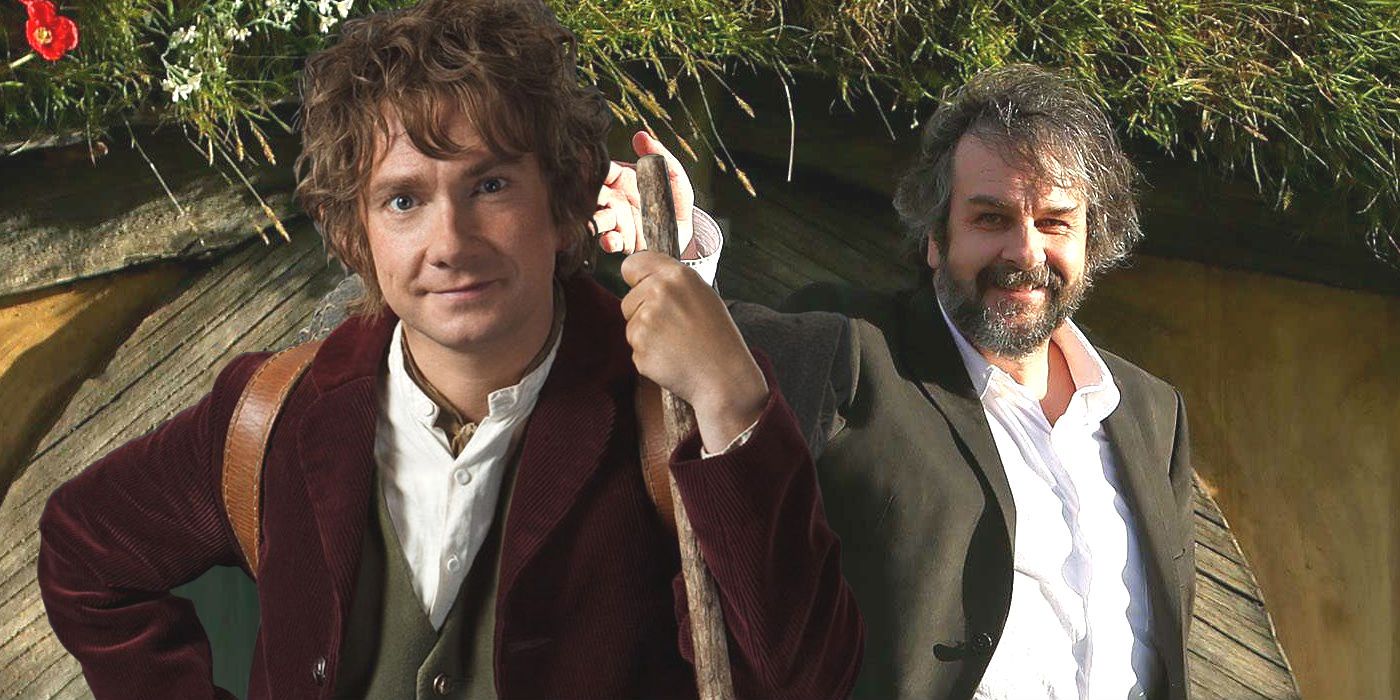
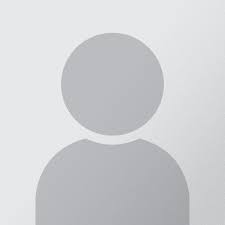
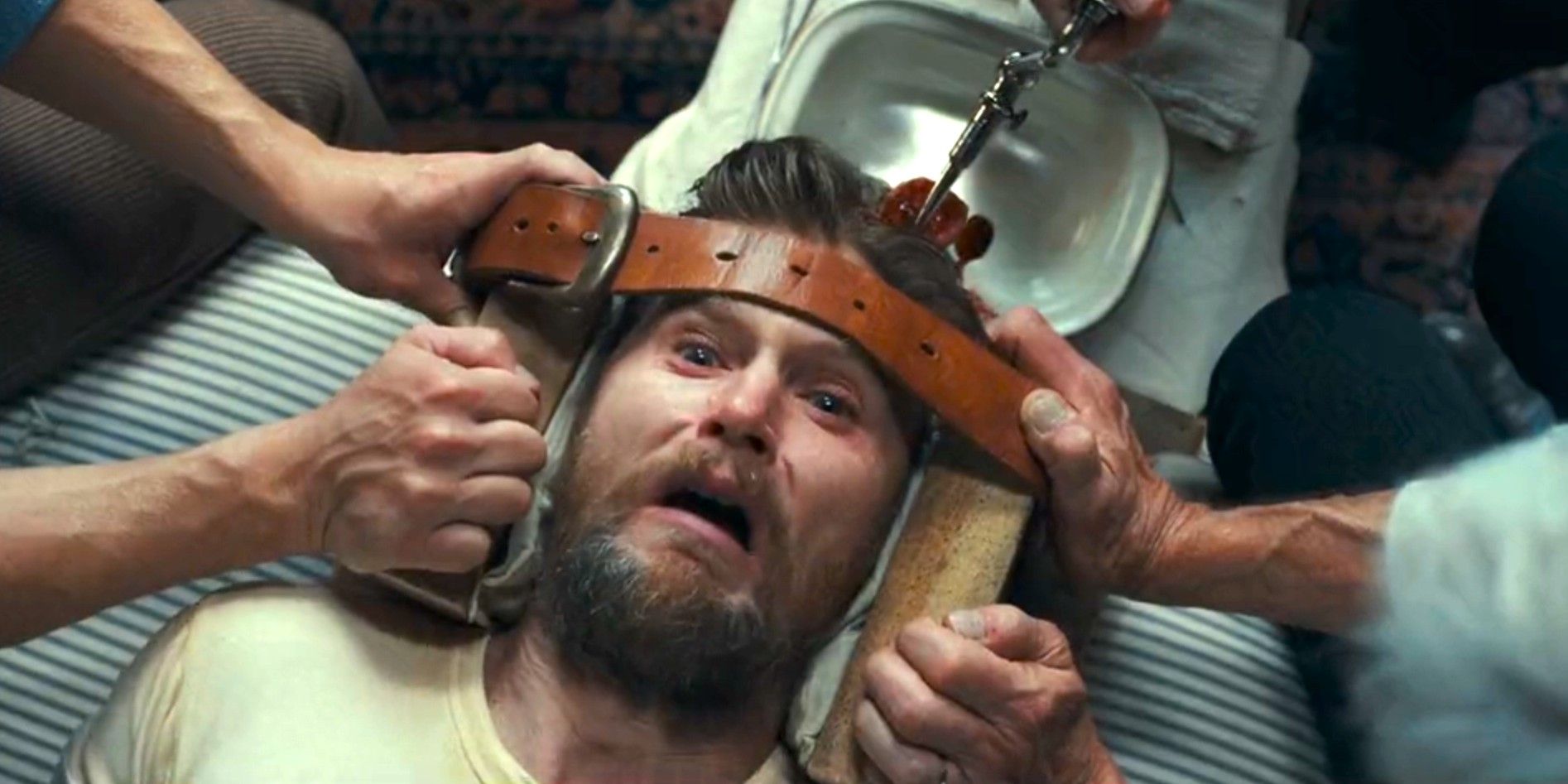
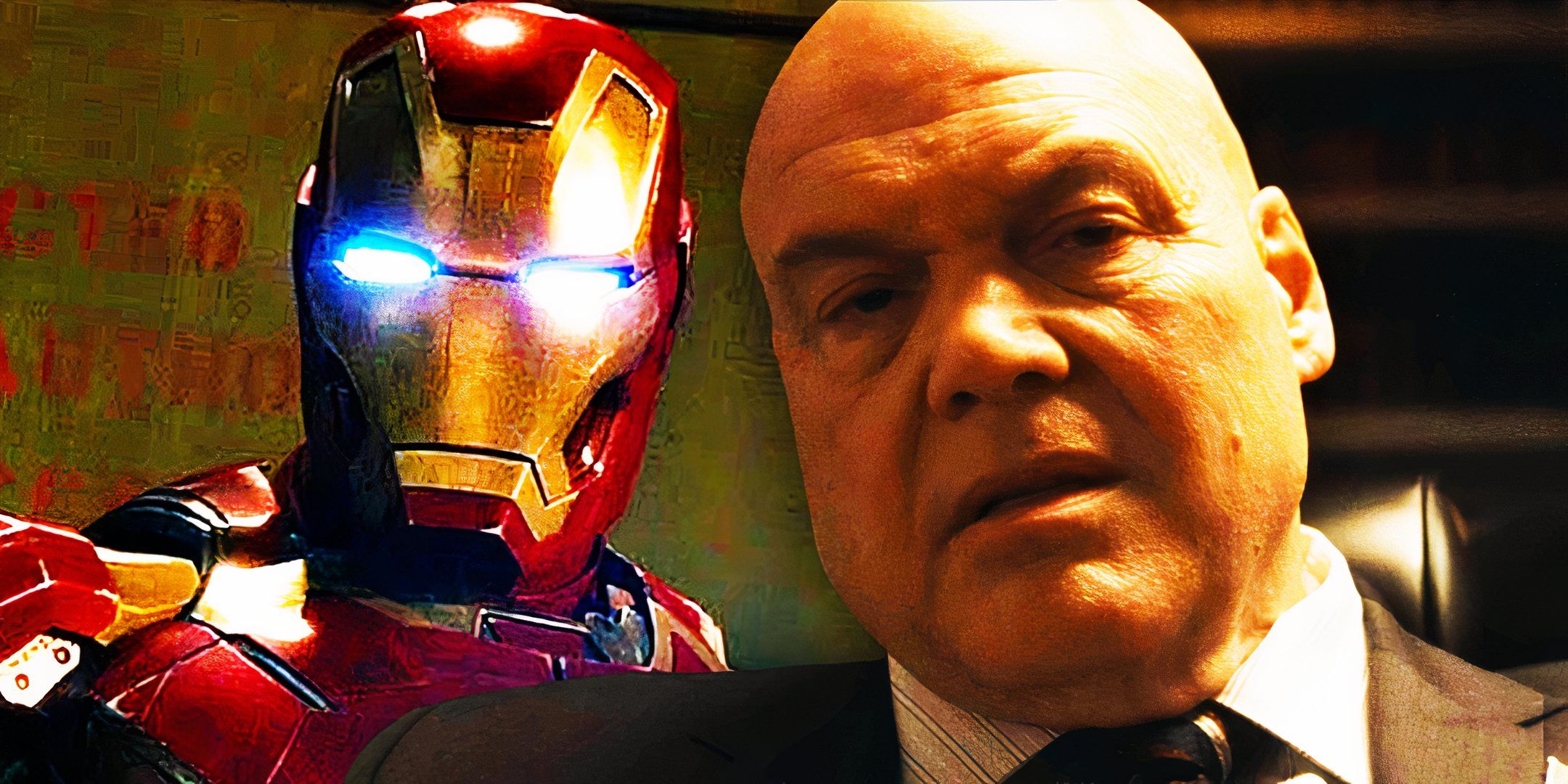
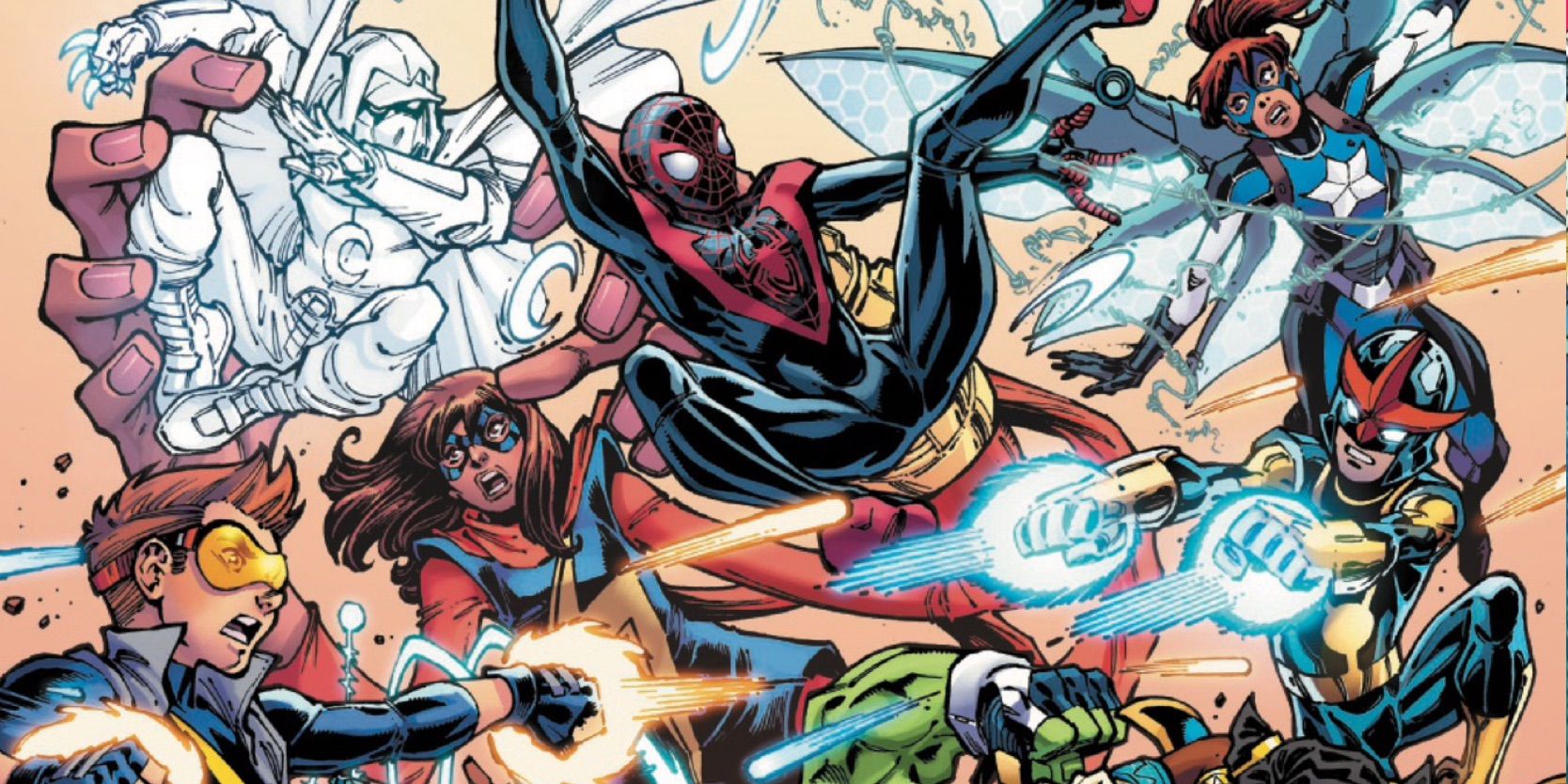






COMMENTS